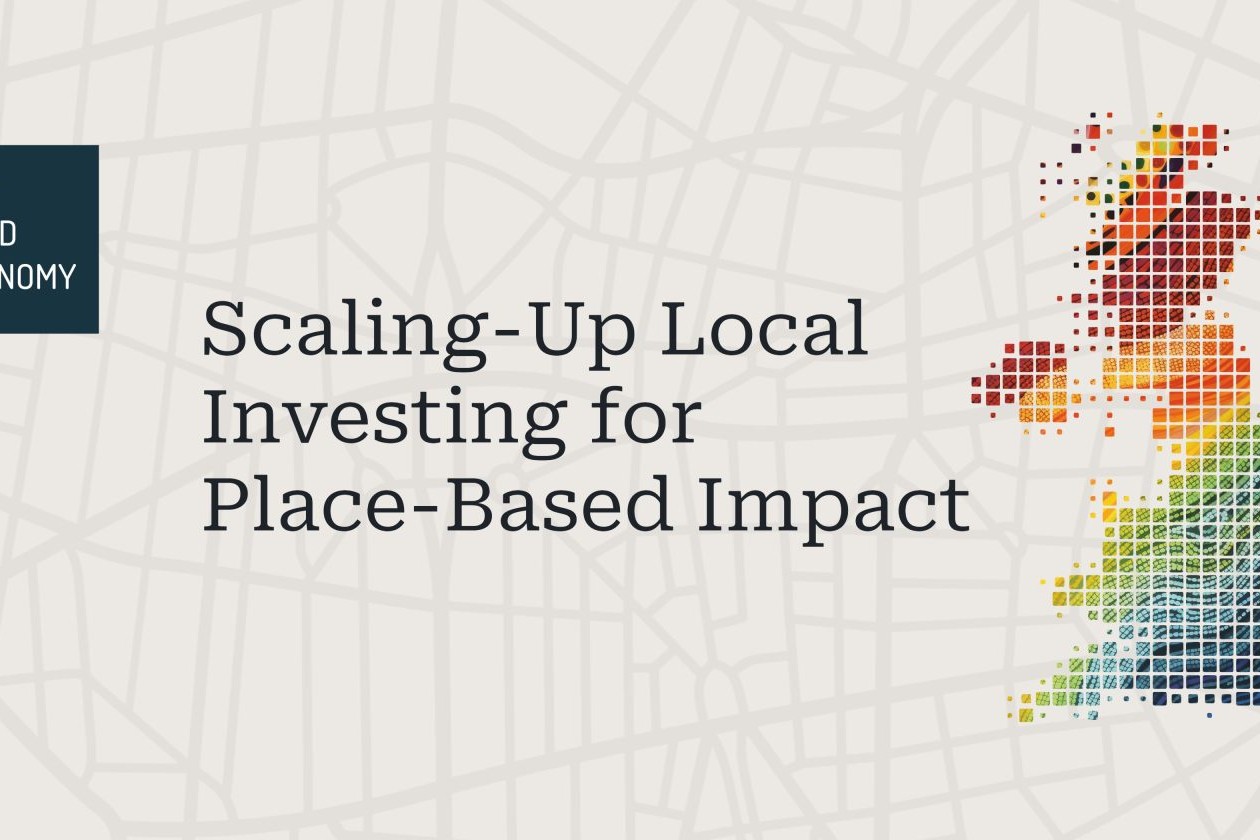Question 7: Can we really measure impact?

Talk about dissonance. I was labouring on methodologies for place-based impact investing (PBII) by day, whilst reading Question 7 at night: can life be reduced to a series of solvable equations? Can we truly measure changes in life opportunities right across society – my definition of ‘impact’ – as a closely observable series of chain reactions triggered by some financial or economic investment or another, no matter how big or small, no matter where?
“In recent times we have become prisoners of the idea that life is infinitely measurable, that all human wanting and torment and laughter, all hate and love, can be reduced to that contemporary word metrics. That there is, in other words, an answer for all things that can be found in numbers.” – Richard Flanagan, Question 7, page 23.
Let’s not over-think but press on armed with the stylised facts and the best in financial software – for example, let’s turn to the stylised facts surrounding social value. This is widely used as a putative measure of the systemic outcomes of impact investment. Note that this year’s Institute of Economic Development conference is celebrating the nation’s ‘Social Value Champions’. Hmmm… let’s revert to Joseph Schumpeter’s original discussion of the concept of social value – to be found in the Quarterly Journal of Economics (1909).
The Austrian father of modern innovation and growth theory argues that the social value of goods and services is determined, in capitalist democracies, by ‘the ballot box’ and ‘the price mechanism’. If, and it’s a big IF, true democracy is ‘broken’ and markets are ‘distorted’ by oligopoly – that is to say, real life today – Schumpeter concludes that measuring social value to derive meaning and purpose to investments is not the real world. That’s not life.
Things can go wrong with stylised facts. A century ago, Nikolai Kondratieff, the Russian economist discovered empirical regularities (‘stylised facts’) in western stock markets to develop his 50-year business cycle theory of economic development. For him, the Great Depression signified a cyclical downturn – not the death throes of western capitalism, as Joseph Stalin was widely proclaiming at the time. Kondratieff’s stylised facts didn’t fit with the Dictator’s view of the world. Tragically, Kondratieff was tortured and put to death by firing squad. As Flanagan would have it, “that’s life”.

Here’s Schumpeter’s conclusion on the immeasurability of social value – or ‘impact’ by another name:
“In a non-communistic state, no reality corresponds to the concept of social values and social wants properly so called. For some purposes it is most useful to introduce it, by way of a scientific fiction, in the study of non-communistic society. In this case, however, the theory of social value cannot be accepted as a fully satisfactory statement of facts.”
By Mark Hepworth
Related Articles
LGPS Backs Local Investing in Britain
9 September 2025
Pensions for Purpose Joins PBII Network
25 September 2024
ECF Joins PBII Network
23 April 2024









